A thin film composed of small magnetic whirls called skyrmions performs voice pattern recognition with an accuracy approaching 99%.
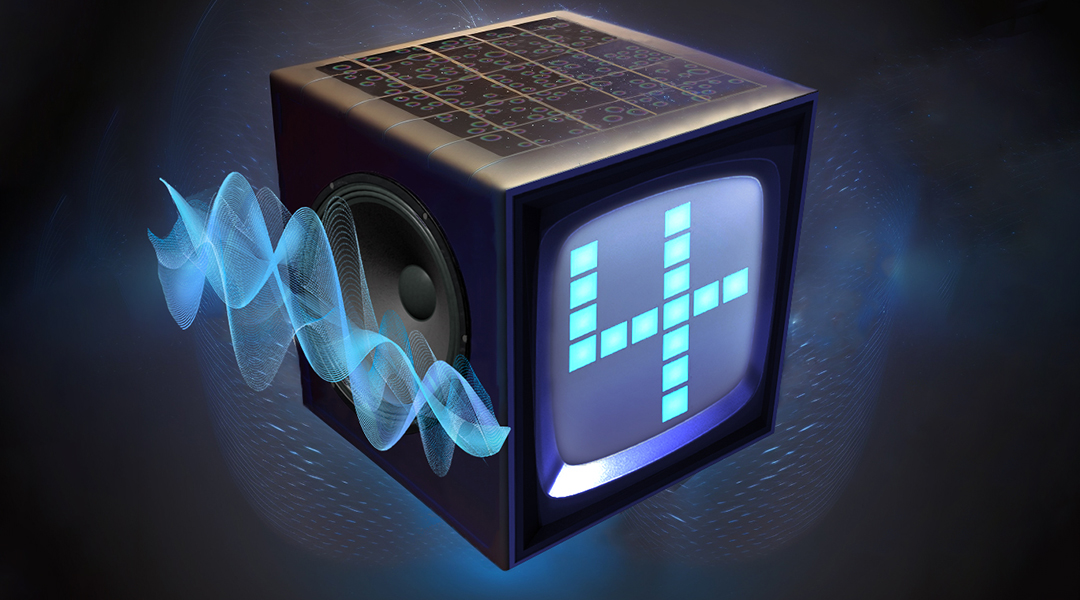

A thin film composed of small magnetic whirls called skyrmions performs voice pattern recognition with an accuracy approaching 99%.

A new study proposes a technique to print images on a special surface such that they can only be seen by authorized recipients.
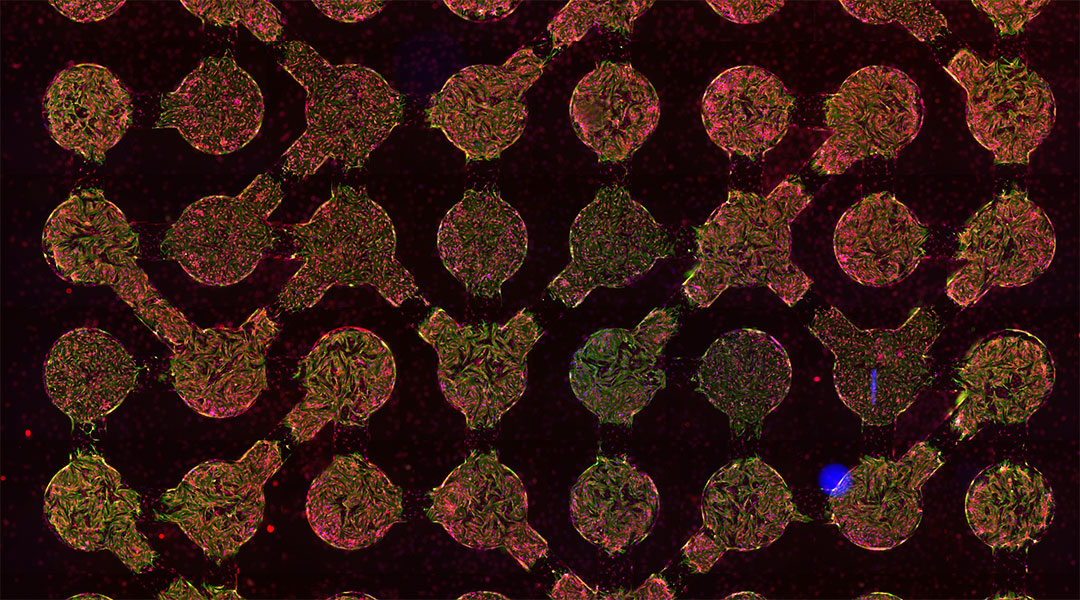
A biocomputer built from connected heart cells solves computational problems with high accuracy and at a low computational cost.
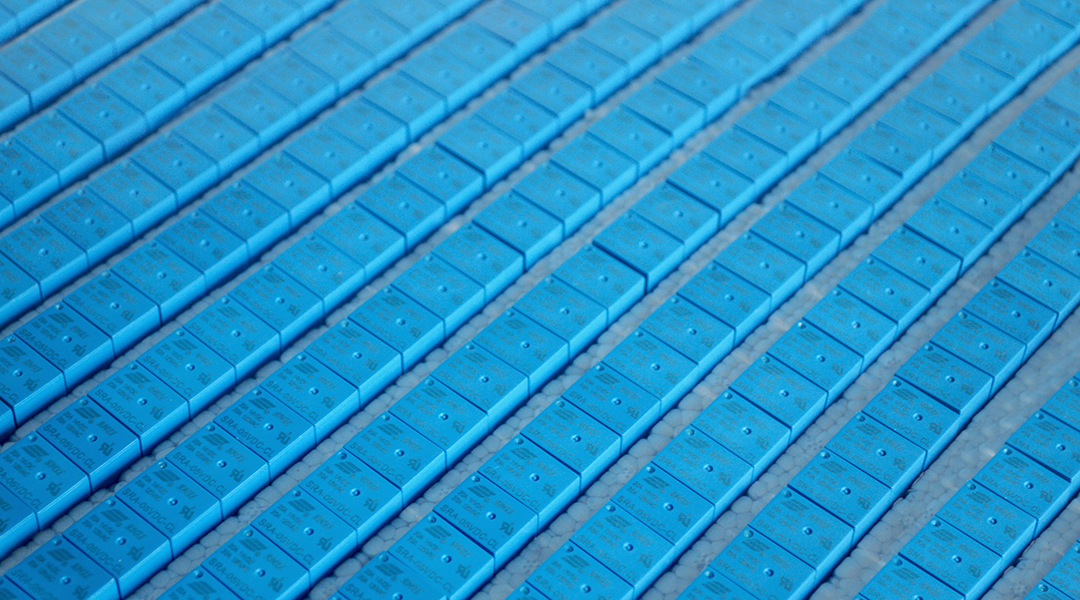
A device brings memory and processing together, helping minimizing errors and avoiding increasing energy demands due to huge amounts of data.
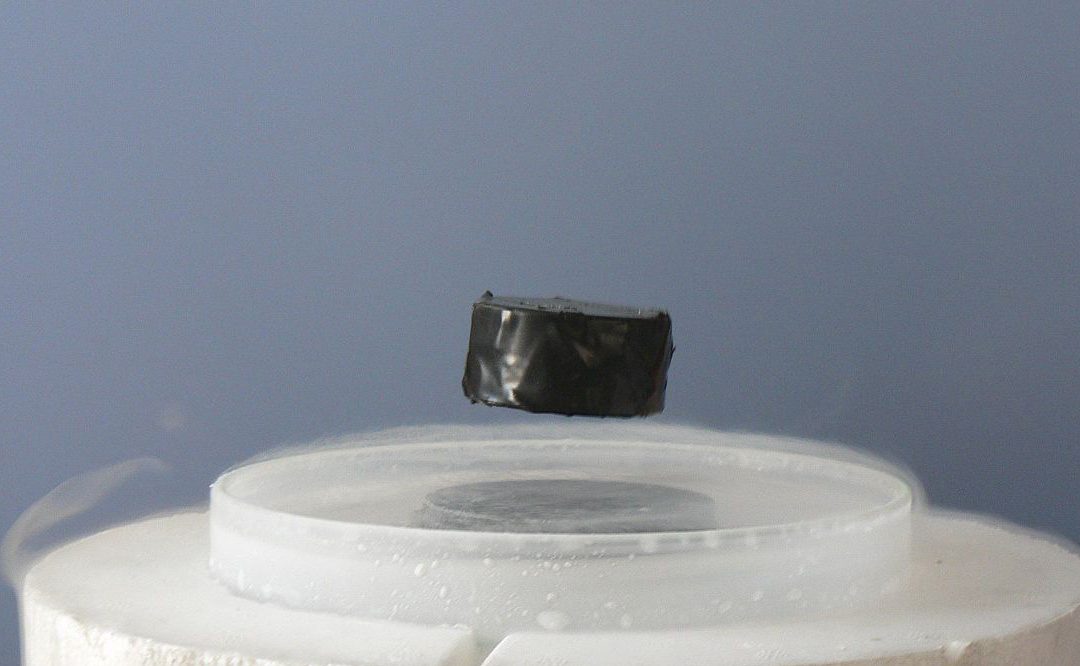
Understanding room temperature superconductivity one step closer thanks to researchers looking at the effects of pressure.

Using 19 different quantum computers, scientists demonstrate how entangled particles break limitations in accuracy on the sub-atomic scale.
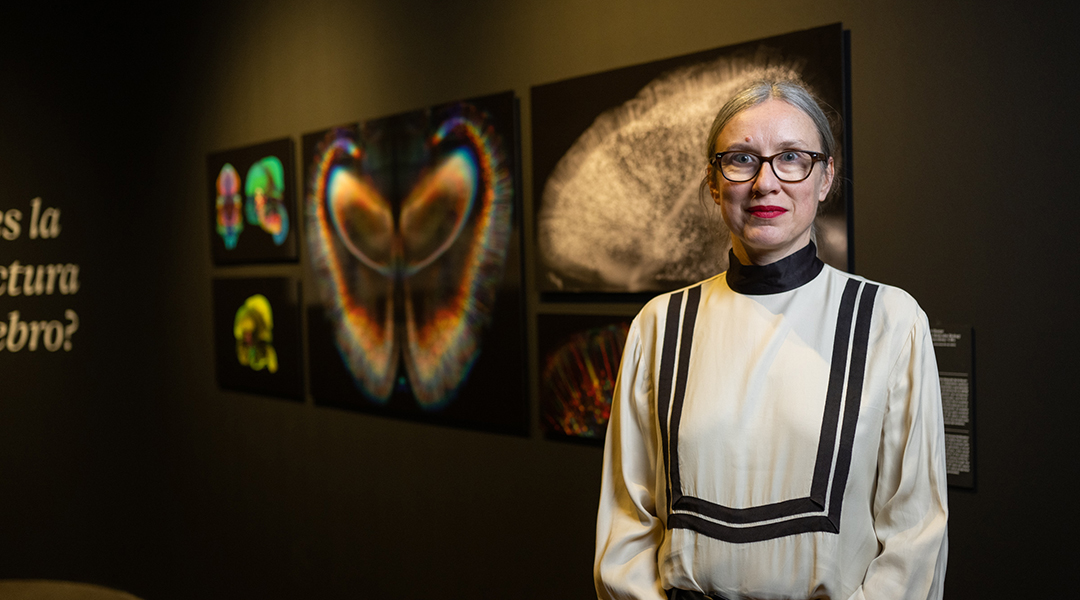
The exhibition Brain(s) uses artistic installations to explore unanswered questions and the relationship between science and culture.
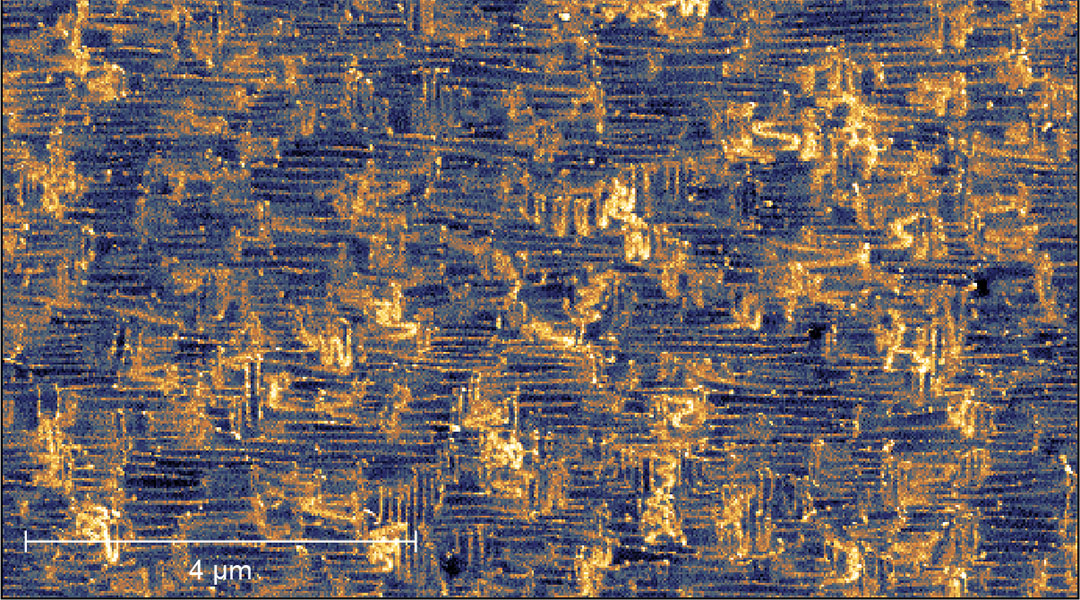
Artificial neural networks made from domain walls mimic synapses and neurons in the brain for neuromorphic computers.
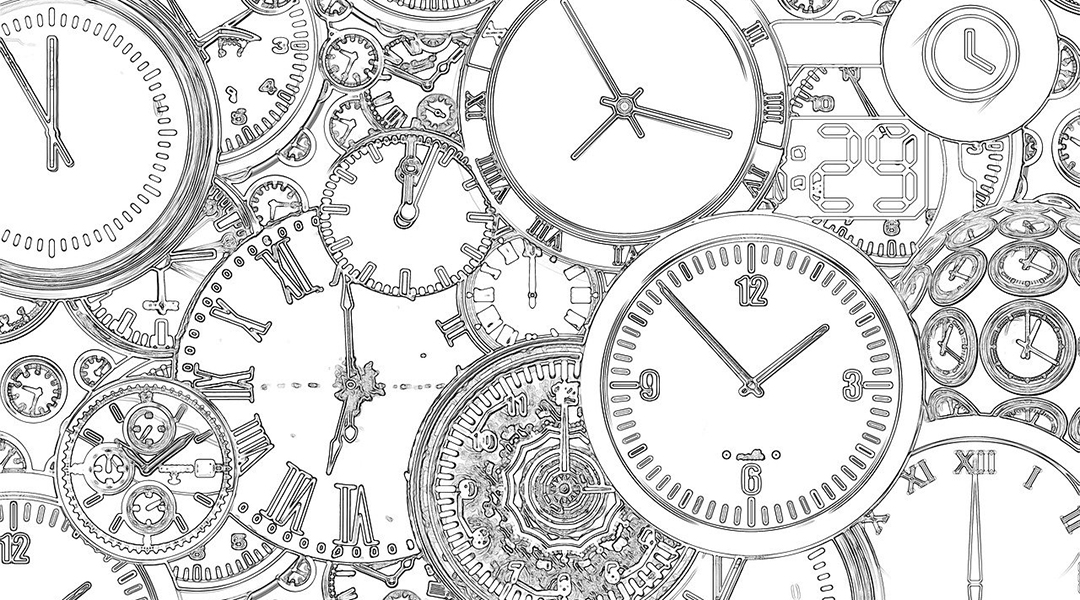
Scientists use quantum entanglement to compare two atomic clocks achieving what might be the ultimate precision possible.

Rigid elements are holding soft robots back from their full potential, and new research suggests swapping in fluid-based systems.